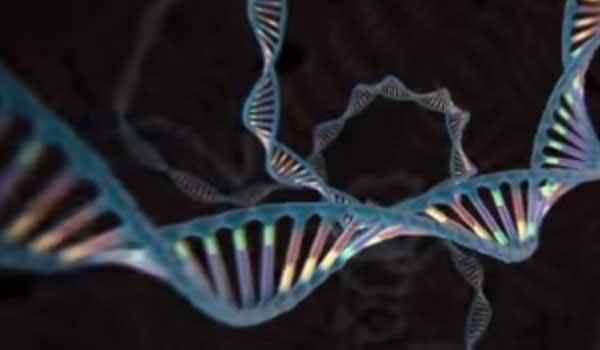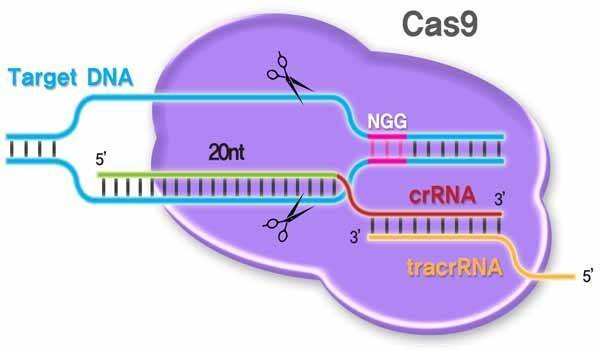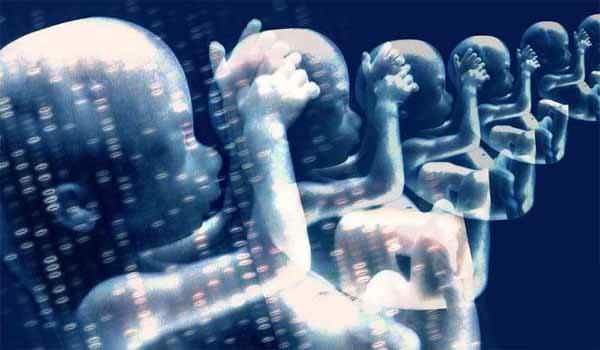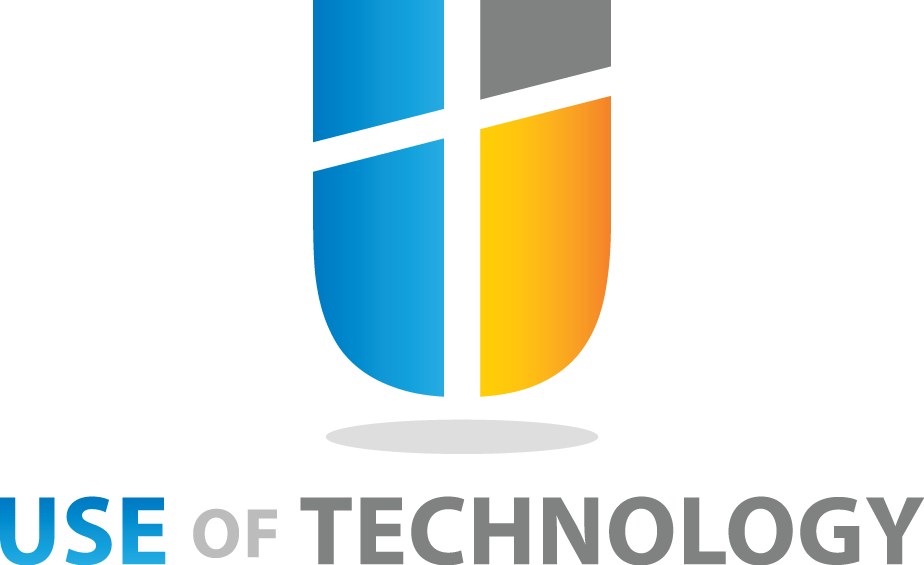CRISPR is a new genome-editing technology that has a wide range of application in genetic engineering. It serves as a genetic scissor which can modify DNA strands with an unprecedented accuracy, and works so well that scientists began to raise ethnic questions about its usage.
CRISPR (Clustered Regularly-Interspaced Short Palindromic Repeats) or sometimes called by its full name CRISPR-Case-9 has given the researchers the ability to cut, paste and delete any gene inside the genome of laboratory species (mostly bacteria). It is no exaggeration to say that it has rocked the world of genetic engineering, the discovery excited scientists all around the world, and Science Magazine even named it the “Breakthrough of the Year.”

Previously, scientists used viruses to edit desired DNA sections, but the process was very lengthly, less precise and tiresome. It involved so many steps that time-efficiency has been always a question of concern. What makes CRISPR amazing is its simplicity and ease of use, without compromising the results on the least, so now researchers are able to edit any of Earth’s organisms, without complications or worrying about the specific nature of a particular DNA.
Also Checkout: “The Power of the Sun in the Palm of My Hands”-The Possibilty of Fusion Reaction
Now that geneticists have a powerful gene-editing tool, they can alter genes to improve their quality, resistance against diseases and their growth. The implications even extend to human beings, which is currently a subject of ethical concern, in order to track and fix faulty genes that cause genetic disorders and inherited human conditions.
The history of CRISPR dates back to 1987, when some Japanese scientists were looking at bacterial DNA and discovered repeated palindromic patterns. Nothing but some specific base-pair sequences, that in the 2000s were realized to be part of an ancient bacterial immune system, as they were observed to be framing the DNA of viral invaders. These sequences were highly specific and recognized signatures of viral DNA and indirectly helped neutralize them before the attack.

The palindromic sequence itself wasn’t the defense tool; it spawned an RNA fighter to kill the invading virus. The RNA sequence used so-called “CAS9” (CRISPR-associated protein 9), an enzyme that unwinds DNA and cuts it up. This realization compelled scientists around the globe to play around with their own synthetic sequences paired with CAS9 to target genes of their desire.
Also Checkout: What is Project Loon: What You Should Know About It
The accuracy and efficiency of CRISPR-CAS9 worked like magic. It was able to target DNA sequence as short as 20 base-pairs, adding virtually all the genes to our reach. More experiments revealed that when a DNA is cut, it would self-repair, but if researchers added a replacement DNA strand, it filled the gap. So now scientists were not only able to delete a gene, but replace it as well.

To an unrelated person, it is new, but for a geneticist or genetic engineer, it is a miracle. Scientists have tried their best eulogize CRISPR, each time trying to one-up the previous statement. It is like empowering a Nokia 3310 user with Galaxy S7 Edge. Craig Mello, who shared a Nobel prize for medicine in 2006 said it is even more important than his discovery, while others have marked it “jaw-dropping” so much more.
What can CRISPR do? It can simply swap genes and make animals do things which are not in their nature. Fish can be made to glow, crops can be programmed to synthesize drugs, and diseases can be wiped out from the human genome. Imagine designers’ babies, changing the color of the eyes and skin, houses growing from a seed… but these dreams are still far-fetched. It doesn’t matter, because thanks to CRISPR they are all possible, but are they ethical?

